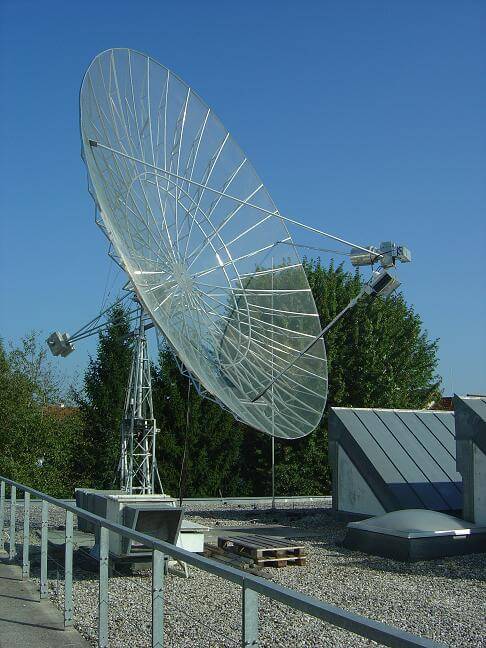Amateur Pulsar Observations with an RTL-SDR
Back in September 2015 we made a posted that discussed how some amateur radio astronomers have been using RTL-SDR’s for detecting pulsars. A pulsar is a rotating neutron star that emits a beam of electromagnetic radiation. If this beam points towards the earth, it can then be observed with a large dish antenna and a radio, like the RTL-SDR.
In their work they showed how they were able to detect and measure the rotational period of the Vela pulsar, one of the strongest and easiest to receive pulsars. They also noted how using several RTL-SDR dongles could reduce the required satellite dish size.
Recently we came across Hannes Fasching (OE5JFL)’s work where he shows that he has detected 15 pulsars so far using RTL-SDR dongles. His detection system specs include:
Antenna: 7.3m homemade offset dish, OE5JFL tracking system
Feeds: 70cm (424 MHz) dual-dipole with solid reflector, 23cm (1294 MHz) RA3AQ horn
Preamplifiers: 23cm cavity MGF4919, 70cm 2SK571 (30 years old!)
Line Amplifier: PGA103+
Interdigital filter: designed with VK3UM software, 70cm 4-pole, 23cm 3-pole
Receiver: RTL-SDR (error <1ppm), 2 MHz bandwidth
Software: IW5BHY, Presto, Tempo, Murmur
Furthermore, from looking at the Neutron Star Group website, it seems that the majority of amateur radio astronomers interested in pulsar detection are currently using RTL-SDR dongles as the receiver. Some of them have access to very large 25m dishes, but some like IW5BHY, IK5VLS and I0NAA use smaller 2.5m – 5m dishes which can fit into a backyard.
If you are interested in getting into amateur pulsar detection, check out the Neutron Star Group website as they have several resources available for learning.

Hey there, I can confirm that I’m also currently using RTL-SDR dongles as the receiver. And I’m going to check the Neutron Star Group website. Thanks, Stan